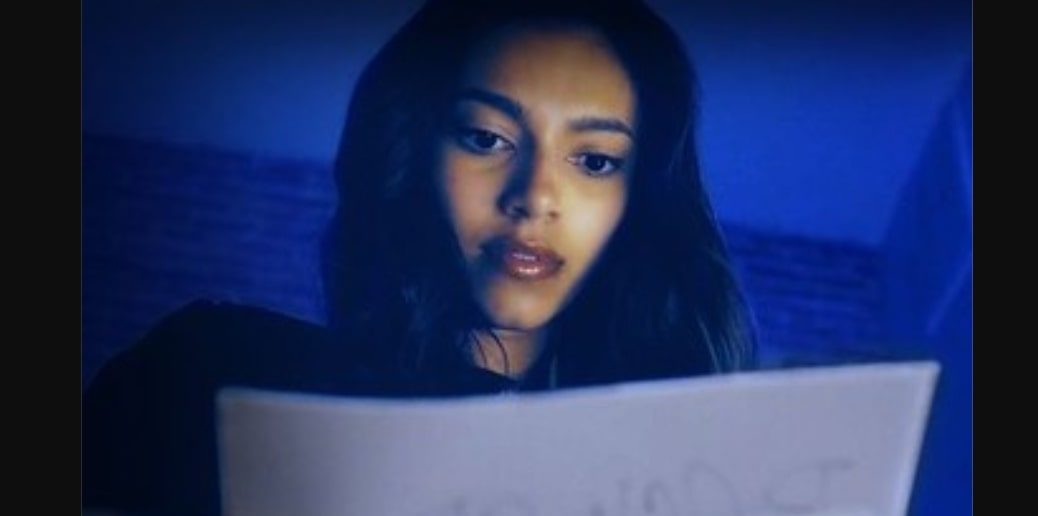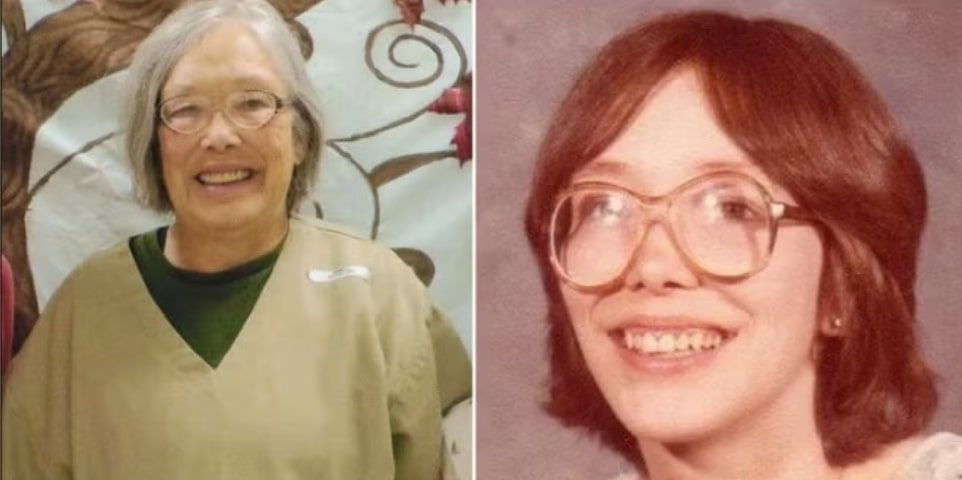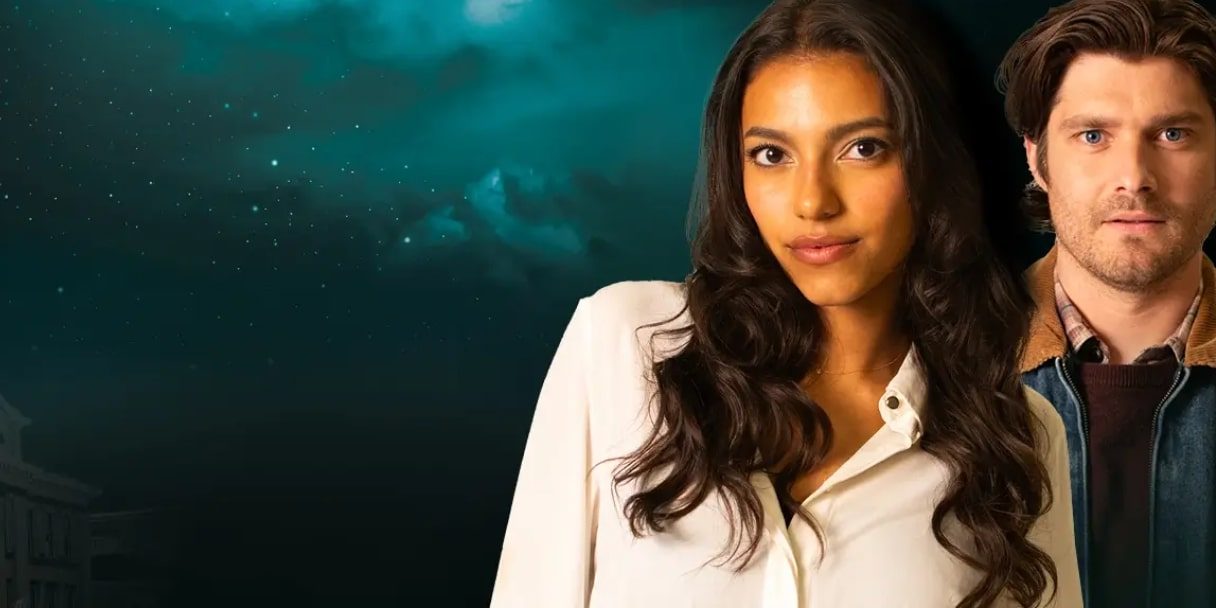Lifetime’s ‘The Lies We Bury’ tells the story of Rylee Kerrigan, a young lawyer with dreams of making it big in the city. However, unforeseen circumstances led her to work at a small pro bono law firm, where the routine cases left her feeling unfulfilled. That changes when she stumbles upon a file detailing the conviction of her mother’s high school best friend in a murder case. As Rylee digs deeper, she begins to suspect the conviction may have been wrongful.
Teaming up with Scott Stackhouse, her boss’ grandson, she embarks on a journey to uncover the truth. But unraveling secrets comes with its own set of challenges and dangers. Directed by Lindsay Hartley and originally titled ‘Guilty Secrets,’ the film skillfully builds tension and keeps viewers on edge as Rylee gets closer to uncovering the truth, all while facing the potential cost of her pursuit. The film masterfully balances suspense and excitement and keeps it up throughout its entire course.
The Lies We Bury Holds a Mirror Up to the Flaws in the Criminal Justice System
‘The Lies We Bury’ is not based on a specific true story, but its premise resonates with familiar themes. Written by Lindsay Hartley and James Alan Ross, the film is actually adapted from Virginia Smith’s novel ‘Guilty Secrets’ and not several other books of the same name. In an interview, Hartley shared that she was drawn to the story because of its compelling blend of suspense, romance, and the enchanting charm of its small-town setting. She found the protagonist’s determination to uncover the truth particularly thrilling, which motivated her to bring this story to life on screen.

What makes the themes of the film particularly exciting is that the narrative echoes real-life cases that have surfaced throughout the history of the US criminal justice system. The concept of wrongful convictions and the relentless pursuit of truth has long captivated public interest. Such cases highlight flaws in the system and the extraordinary efforts of individuals seeking justice. Such stories resonate deeply because they tap into universal concerns about fairness, accountability, and the impact of human error or bias. The film underscores the emotional and societal weight of fighting for justice against formidable odds.
One of the most famous cases of wrongful conviction is that of Suzanne Johnson. In 1989, Suzanne began working as a daycare provider in San Diego. She was known for her kindness and professionalism. On June 24, 1997, she called 911 after a child in her care, Jasmine, became unresponsive after following a fall from a high chair. Despite her efforts to save the child, Suzanne was accused of intentionally causing Jasmine’s death. Convicted in 1999 based on outdated forensic theories, she was sentenced to life in prison. Years later, advances in pediatric pathology revealed flaws in the evidence against her, leading to a reevaluation of the case. On March 27, 2020, Governor Newsom granted her clemency, and she was released on April 3, 2020, after 21 years of wrongful imprisonment.
The Film Stands Out For Its Ability to Speak For Those Who Have Been Wronged
In 1980, Sandra “Sandy” Hemme was convicted of murdering Patricia Jeschke, a library worker in St. Joseph, Missouri. At the time, Sandy was undergoing treatment for auditory hallucinations and, while heavily sedated, confessed to the crime. To avoid the death penalty, she pled guilty to capital murder and was sentenced to life imprisonment. Though her conviction was initially overturned on appeal, it was reinstated in 1985 based solely on her confession. After decades of persistent legal battles, Sandy was finally released in June 2024, marking the longest wrongful incarceration of a woman in U.S. history, spanning 43 years.

While ‘The Lies We Bury’ is not directly based on real-life cases like that of Suzanne Johnson or Sandra Hemme, it resonates deeply with the struggles and resilience of women caught in wrongful convictions. The film mirrors the spirit of these women, particularly their courage in the face of adversity and their unwavering pursuit of justice. Much like Suzanne, who fought for years to prove her innocence, and Sandy, who endured decades of wrongful imprisonment, Rylee Kerrigan demonstrates the determination to uncover the truth, no matter the cost. The narrative taps into the emotional and psychological toll these women endure while highlighting the broader themes of systemic flaws, personal strength, and the long road to redemption.
The film masterfully captures the emotional highs and lows of its characters, from the budding, tentative bond between Rylee and Scott to the mounting tension that builds with every obstacle they face. The actors breathe life into their roles, delivering performances so raw and grounded that each scene feels like an intimate glimpse into their world. It’s in the subtle moments — the way Rylee’s gaze hardens with resolve or the quiet menace in the antagonists’ actions — that the authenticity truly shines. The cast doesn’t just play their characters; they become them, pulling the audience deep into their struggle. It’s a journey that’s more than just thrilling; it’s emotionally charged and deeply human, leaving a lasting impression long after the credits roll.
Read More: The Lies We Bury: Filming Locations and Cast Details


